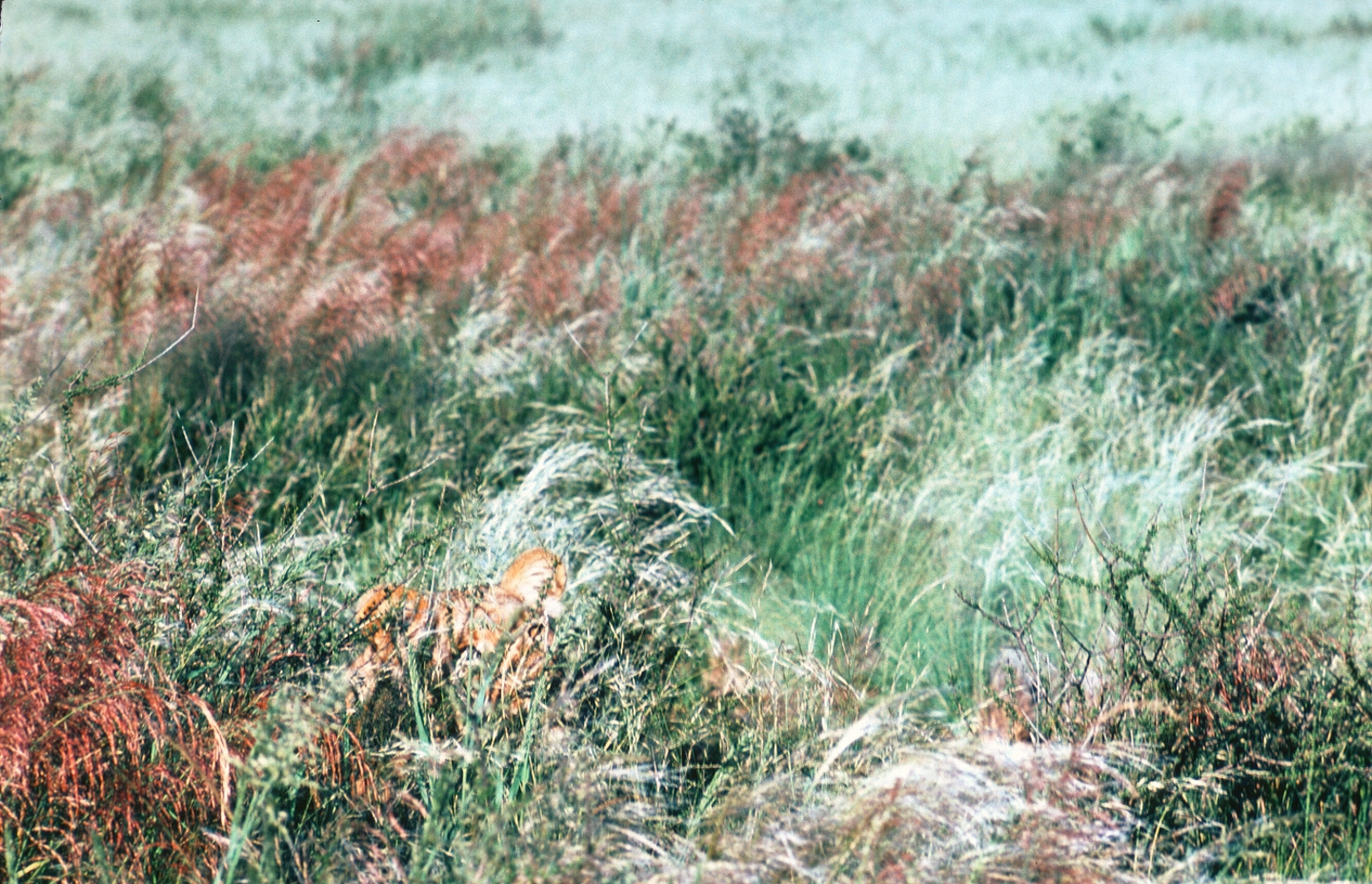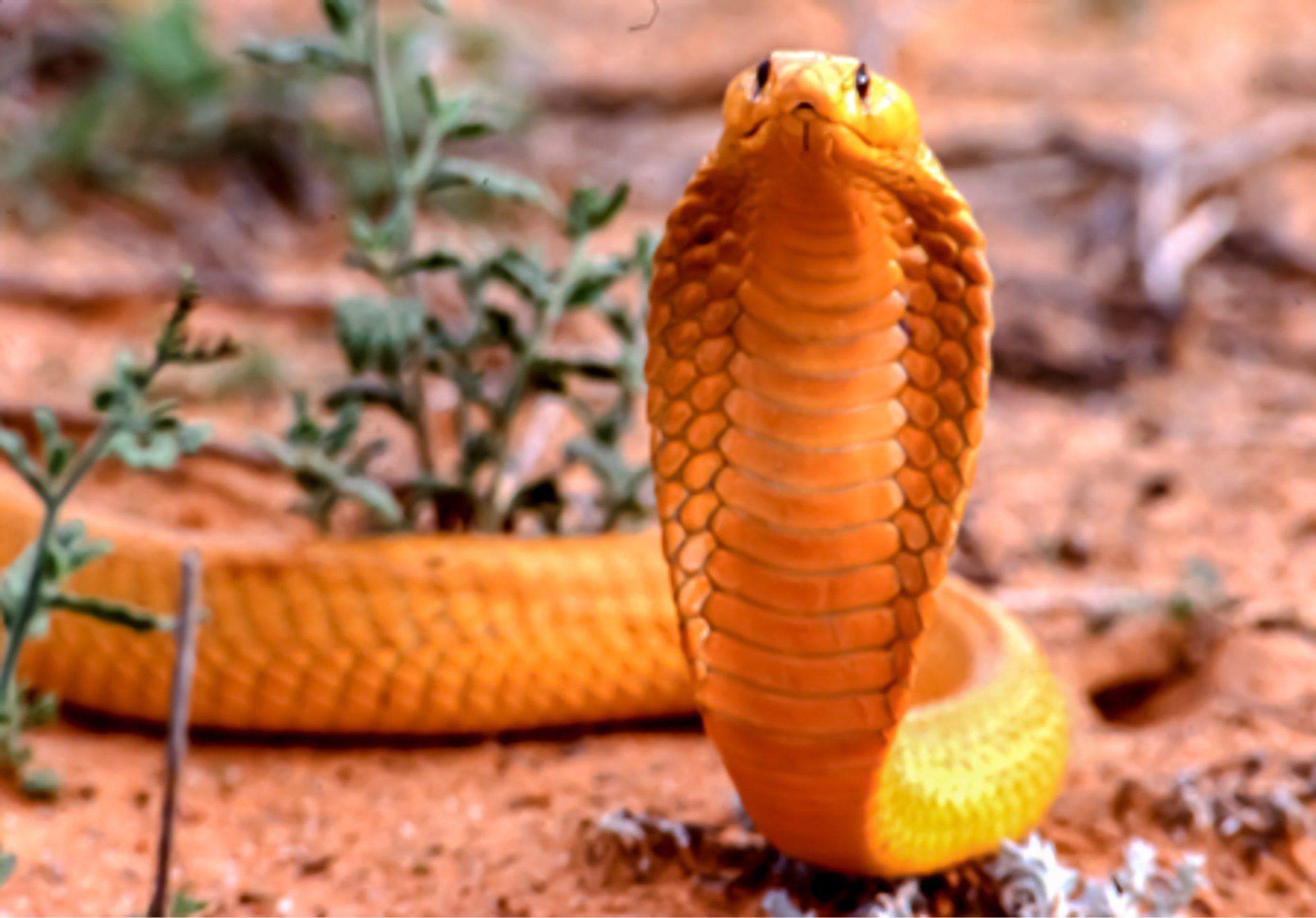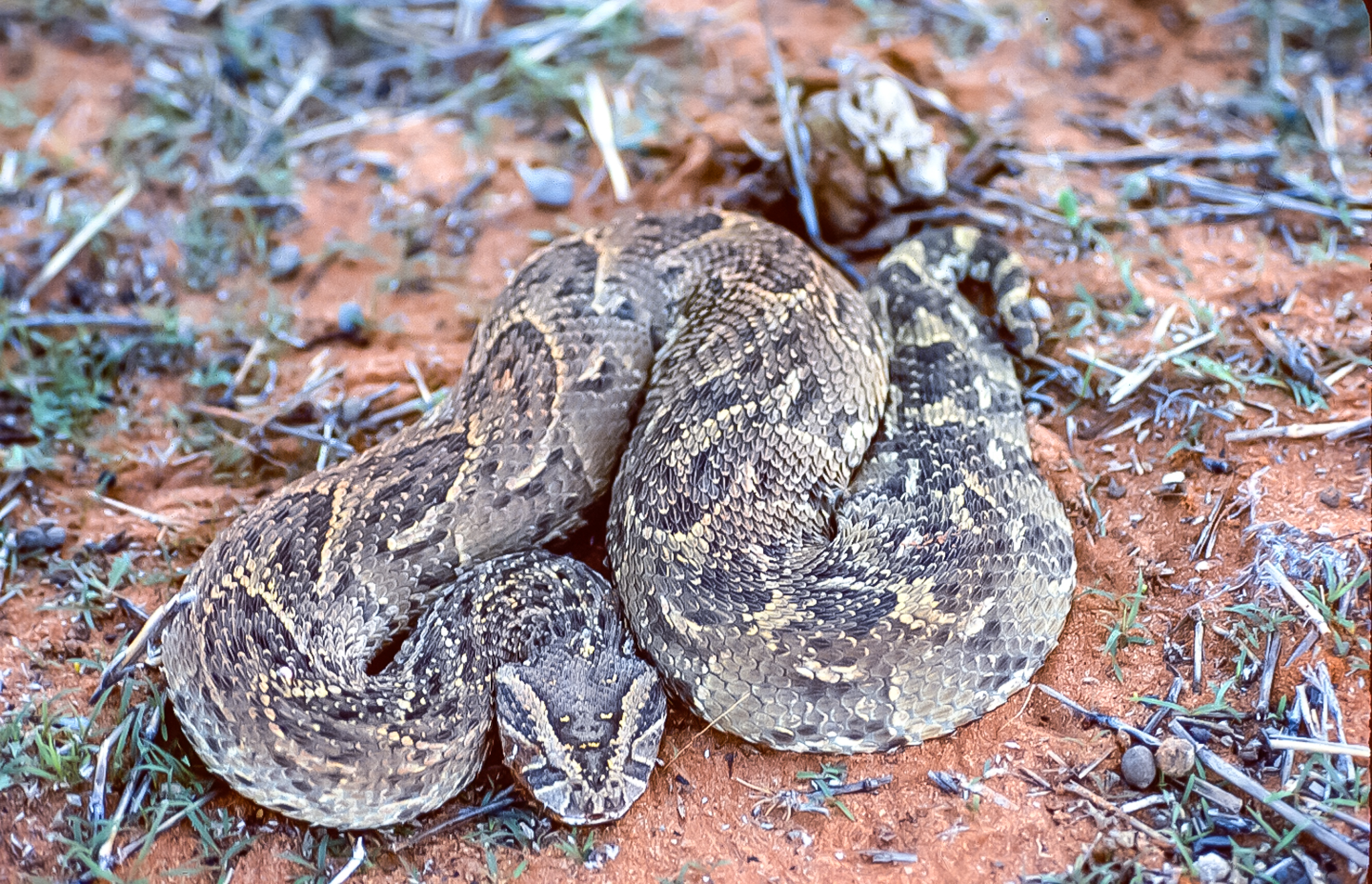15 Advice on the Kalahari
At the end of August, 1969, Larry Coons and I headed to Africa. Larry had recently finished a degree in Botany at UT, and we’d be together until June 1970. I was just about to turn 25 years old, and Larry was a year younger. The two of us would be in charge of initiating the field studies, and Dr. Eric Pianka would join us for two months, starting in January 1970. But Larry and I were responsible for selecting study sites and starting to collect lizards and data.
I was concerned not only about our being largely responsible for the project, but also about our surviving in the Kalahari. After all, parts Kalahari were home to lions, leopards, hyenas, cobras, puff adders, and other predators. So, I realized that whenever we would be out hunting lizards, some predators might be hunting us. Finally, the idea of camping in a desert for almost a full year seemed challenging.



Before we left for Africa, I met with three people who’d spent time in southern Africa. David Simpson was originally from Zimbabwe and Zambia and was a currently a grad student at Texas A&M University (close to Austin). I visited him briefly at A&M. David was about to start his Ph.D. research on bushbuck in Chobe National Park in northern Botswana (over a thousand miles of sandy track NE of where Larry and I would be working), and he invited us to visit him at some point on our trip.
Patti Moehlman had been a Master’s student at UT Austin, and researched wild dogs in Africa. She gave me some blunt advice about living and camping in the bush. She warned that hyenas are curious animals and sometimes approach people who had had too much to drink and had passed out on their way home. When someone realized that a hyena was sniffing his face, that person no doubt would scream – at which point the hyena bit his face. The same might apply if one were sniffed while sleeping out in hyena country. Patti’s parting words made a vivid impression:
“Don’t let a hyena eat your face.”
I’ll return to hyenas in a later story.
William J. Hamilton III was a Professor at UC Davis. He was well known, having co-authored a major textbook on animal behavior. Plus he was an expert on tenebrionid beetles. Hamilton, in collaboration with Mary Seely at the Namib Desert Research Station in South West Africa (now Namibia), had published fascinating papers on fog-collecting techniques used by Namib tenebrionids. Their papers were elegant natural history.
In June of 1969 I drove out to the Bay Area (personal reasons) before heading off to the Kalahari. I stopped at UC Davis to talk with Hamilton, who had done research in the Kalahari as well as in the Namib. Hamilton advised me not to get air conditioning in my Land Rover. He said just get used to the heat.
Hamilton also told me about some tenebrionid beetles, which live on huge, shifting, and vegetation-less dunes of the Namib. When walking across the dunes, he was surprised to see many copulating pairs of beetles, with one individual mounted on top of the other. Hamilton had seen and studied tenebrionids around the world, and he knew that witnessing beetle sex was a decidedly rare event. Such wanton lust in the Namib took him by surprise.
Being a curious naturalist, Hamilton took a careful look up close. What he saw surprised him even more. Some pairs had a male on top of a female, as would be expected in copulation, but without any genital to genital contact, which was not expected. Other pairs had a female on top of a male, or a male on top of a male, or a female on top of another female, in none of these cases was there genital to genital contact.
Obviously, these beetle pairs weren’t copulating, so why were they mounted? Hamilton then realized that he spotted mounted beetles primarily in the heat of midday, but saw only solitary beetles early and late in the day.
Hamilton had previously worked on behavioral thermoregulation in a Namib lizard, and he soon began to suspect that mounting might have a thermoregulatory benefit to beetles on the exposed and hot sands of the Namib. The beetle on the bottom would be exposed to re-radiation coming off the hot sand, to warm air temperatures, and to low wind speeds near the sand surface, but it would be protected from direct solar radiation by the ‘parasol’ beetle above. The beetle on the top would be directly exposed to solar radiation, but still be in a cooler micro-climate than the bottom beetle and also shielded from the re-radiation coming off the hot sand. Hamilton suspected that both individuals would be cooler when mounted than when solitary – if so, mounting was a useful thermoregulatory strategy!
To test his idea, Hamilton started taking body temperatures of mounted versus solitary beetles. He found that mounted beetles – both top and bottom ones – indeed had lower body temperatures than did solitary ones at midday. Thus, mounting was a behavioral trick that likely enabled the participating beetles to stay out longer during the middle of the day than could solitary ones.
I was stunned and enthralled by Hamilton’s story. I’d done a little work on temperature regulation of lizards in Peru, and I was intrigued by the idea that lizards could control their body temperature by adjusting their behavior (for example, by regulating the amount of time they spend in sun versus shade. So, I was perhaps pre-adapted (or just gullible?) to be charmed by Hamilton’s story.
Fast forward several months to February 1970. Larry Coons and I had been doing field work in the Kalahari since late November 1969. Eric joined us in January. After a month or so of hard field work, we took a brief vacation to visit the nearby Namib Desert – a desert physically and climatologically different from the Kalahari.
We visited the Namib Desert Research Station, on the northern edge of the Great Sand Sea – an enormous sand dune region that occupies most of southwestern Namibia. There we met Dr. Mary Seely, Director of the Station. Mary knew the Namib better than any biologist, and she had worked with Hamilton on the tenebrionid beetles. I asked where could I find Hamilton’s copulating beetles. Mary looked puzzled and replied that the Namib beetles don’t do that. She told me that Hamilton must have fabricated the story and was just pulling my leg!
I subsequently learned that Hamilton was famous for making up stories. If the one he told me is typical, he had a gift! His story to me seemed thermodynamically plausible and absolutely fascinating. I’m sure he was greatly amused to see me swallow his story hook, line, and sinker.
But hold on, there is more to the story. Over the decades, I’ve shared the Hamilton story to many friends and colleagues who share a passion for thermal biology. In 2013 I told the story to two colleagues at the UW. Tracy Larson, then a grad student in Biology, wondered, well if mounting provides a thermoregulatory benefit to a pair of beetles, then wouldn’t a mounted trio be even better? The top beetle would even further off the hot substrate, the middle beetle would have the near-best of both worlds (shielded from the sun by the beetle above, and raised off the hot sand by the beetle below). The bottom beetle would have two parasols, though it isn’t clear that two was better than one. I’d never thought of this and was impressed by Tracy’s clever proposal.
But almost as soon as she proposed this, Tracy realized that this was an ‘unstable’ trio. Obviously, the best position was the middle, and so beetles would always contest for that position, and a three-high pile would inevitably collapse from internal dissention. Tracy’s explanation was greatly amusing and, like Hamilton’s story, biologically plausible.
In retrospect, I realize that Hamilton’s story telling qualifies a key pin-ball events in my life, as it primed my interest in thermal biology. Would I still have chosen to work in that field even if Hamilton had never so beautifully duped me? To quote Julia Child in a different context, “Who knows?”